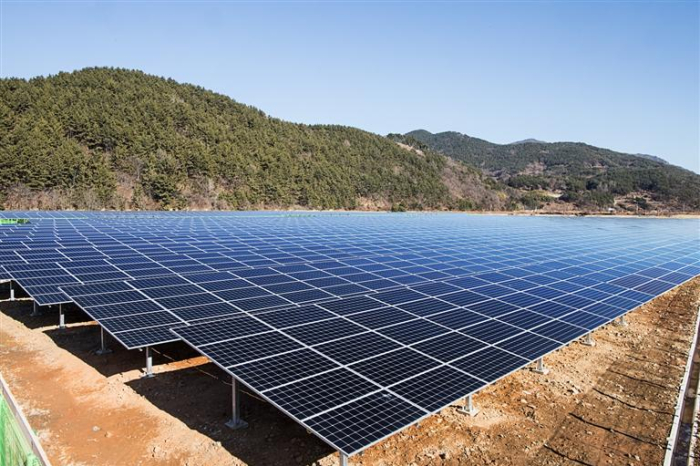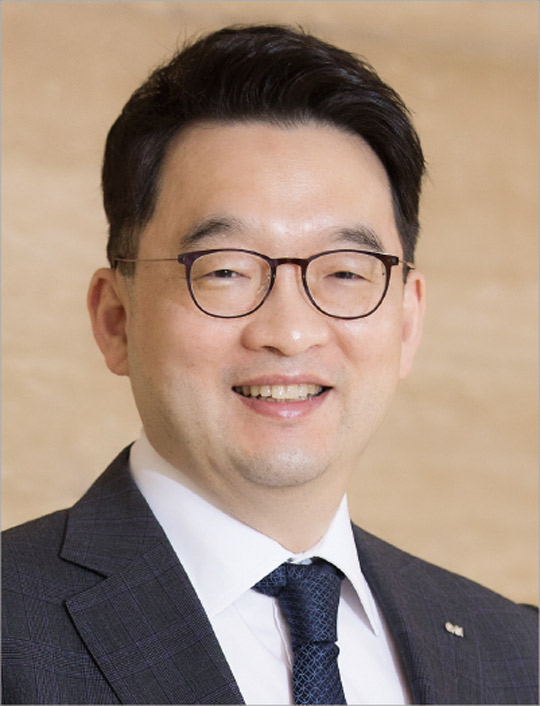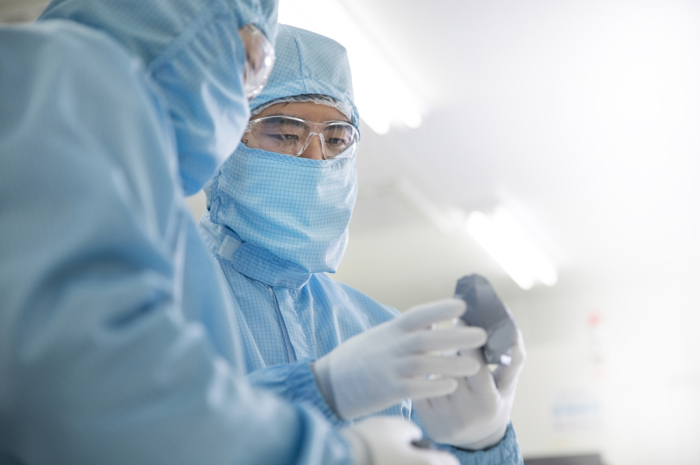Earnings
Polysilicon drives up OCIŌĆÖs Q2 profit to 10-year high amid solar cell boom
Analysts expect the upward momentum to continue in the latter half of 2021 on pent-up demand
By Jul 28, 2021 (Gmt+09:00)
3
Min read
Most Read

OCI Co., a South Korean chemical and green energy company, on Wednesday reported that its quarterly profit has risen to the highest level in a decade, buoyed by strong sales of its main product polysilicon.
Operating profit in the three months to June was 166.3 billion won ($144 million) on a consolidated basis, a turnaround from a loss of 44.3 billion won a year ago, the company said in a regulatory filing.
The latest reading marks the companyŌĆÖs highest profit since the second quarter of 2011 when it posted an operating profit of 362.4 billion won.
Revenue increased 91% on year to 767.4 billion won.
Higher prices of polysilicon, a raw material used to make photovoltaic cells for solar panels, were the main reason behind the companyŌĆÖs significant turnaround, said OCI Vice Chairman and co-CEO Lee Woo-hyun during an online media briefing on its second-quarter results.
OCI, the only polysilicon maker in Korea, has been in the red for years due to depressed prices, which forced some manufacturers to go out of business.
However, demand for the material is rising significantly on the back of the global push for carbon neutrality and the pursuit of renewable energy.

FIVEFOLD PRICE INCREASE
According to the solar industry, the price of solar polysilicon has risen to $28.7 per kilogram in mid-July, a fivefold increase from $6 a year earlier.
Its price has steadily increased from less than $10 at the end of 2020 to $15 in March and above $20 in April.
Analysts attributed the sharp price gains to renewed construction of solar power generation facilities that had been put on hold during the pandemic.
The global photovoltaic capacity is forecast to grow to 170 gigawatts (GW) this year, up 21% from 140 GW in 2020, according to analystsŌĆÖ estimate.
OCI is the worldŌĆÖs third-largest polysilicon manufacturer by output, with its polysilicon business accounting for about 30% of its total sales.
In the second quarter, its basic chemical business, which makes the solar cell material, reported 127 billion won in profit, or 76.4% of its total operating profit.

UPWARD MOMENTUM
Analysts expect the companyŌĆÖs upward momentum to continue into the second half, with many of them predicting a full-year operating profit of more than 400 billion won, the largest in a decade.
The rising polysilicon price will likely be reflected in OCIŌĆÖs earnings more significantly from the second half as the company largely supplies the raw material to companies such as LONGi Green Energy Technology Co. (LONGi Solar) in China under a long-term contract.
OCIŌĆÖs polysilicon business is also expected to gain a tailwind from US President Joe BidenŌĆÖs plans to cut climate-changing carbon emissions by promoting solar and other renewable energy, analysts said.
Buoyed by the growing demand, OCI plans to expand its capacity in Malaysia and relocate Korean facilities to the Southeast Asian nation to cut production costs.
The company is currently expanding the Malaysian plantŌĆÖs capacity by 5,000 tons to 35,000 tons a year and an additional expansion of up to 60,000 tons is also under consideration depending on market conditions, according to an OCI official.
ŌĆ£We expect growing demand for solar cell facilities not just in the US and Europe but also in Asian countries like China,ŌĆØ said Vice Chairman Lee.
ŌĆ£WeŌĆÖll run our plants in Korea and Malaysia to the full capacity to meet growing demand.ŌĆØ
Write to Kyung-Min Kang at Kkm1026@hankyung.com
In-Soo Nam edited this article.
More to Read
-
 Solar cell materialsKoreaŌĆÖs OCI to return to highest profit in decade on rising polysilicon prices
Solar cell materialsKoreaŌĆÖs OCI to return to highest profit in decade on rising polysilicon pricesMay 30, 2021 (Gmt+09:00)
4 Min read -
 Hanwha taps into ESS business by acquiring 100% stake in US-based Geli
Hanwha taps into ESS business by acquiring 100% stake in US-based GeliAug 08, 2020 (Gmt+09:00)
2 Min read
Comment 0
LOG IN




